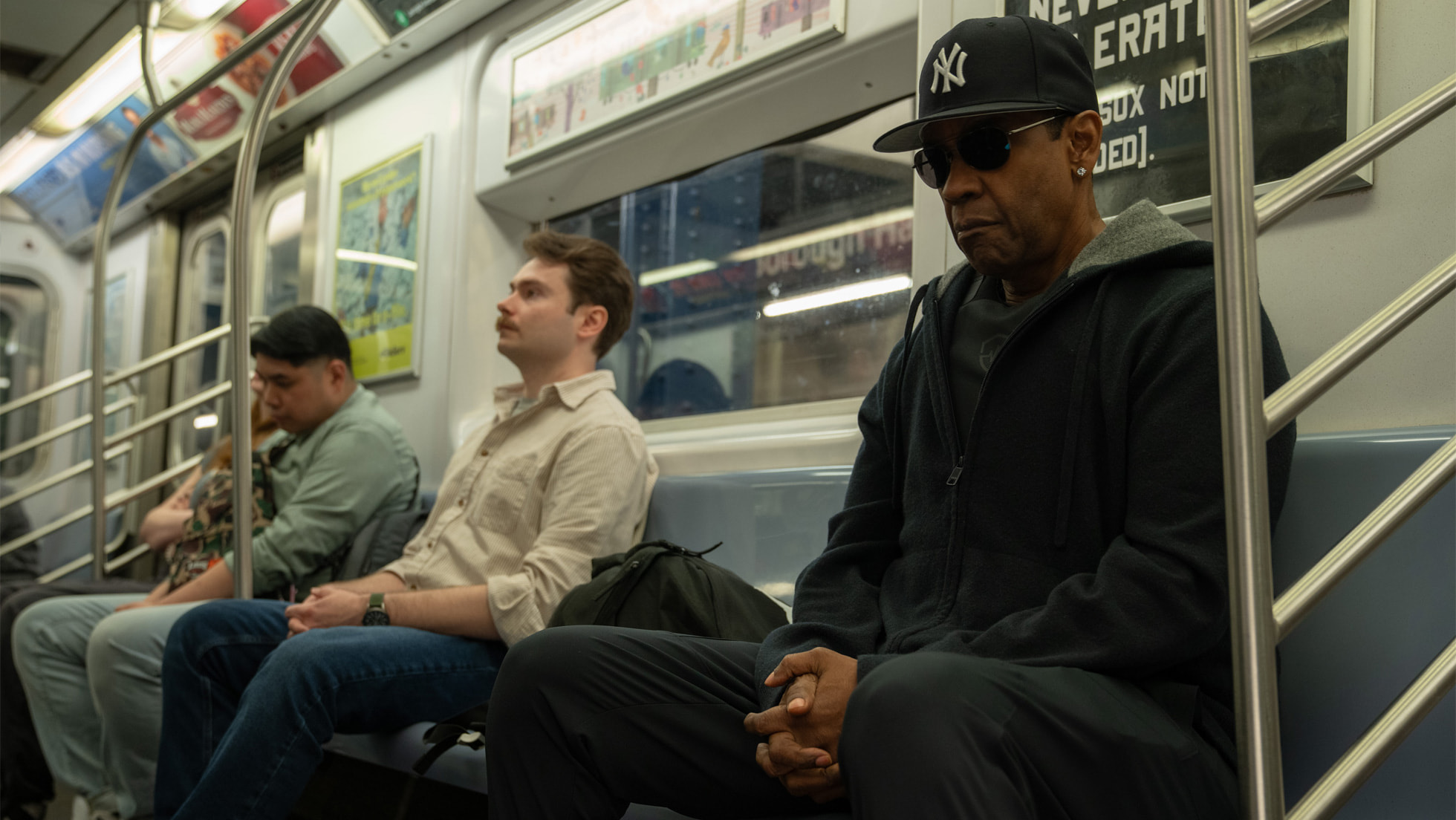Another day, another Asian film is being remade into an American film. The last few decades have seen a surge in Asian-to-American remakes from Scorsese’s The Departed to Gore Verbinski’s The Ring. Re-designing narratives and texts from Asian cinema is a bit like shaving a square peg into a ball to fit in a circular hole in that the filmmaker is tasked to tailor the story to an American sensibility. This then leads to one of the most important voices in modern American cinema, Spike Lee, doing a riff on Korean thriller Oldboy – one of the most egregious reimaginations of a film in recent memory. With that in mind, many others, including me, came into Highest 2 Lowest with skepticism.
Orson Welles once said that the thing he detested the most is the “homage”, but later in that speech, he clarified that many young filmmakers do homage also manage to rise above, leaving Welles confused. Spike Lee, a filmmaker and also an NYU professor who called out students for not consuming enough classic cinema, naturally has a penchant for paying respects to the cinema greats. That is by no means a problem. The problem with Highest 2 Lowest is the execution, and whether Spike Lee is able to tastefully transform Kurosawa’s High and Low to something that works for America in 2025.
I must first come out and say that this film has its merits – A$AP Rocky is a natural in every scene he’s in, the second half is jam-packed with entertaining creative choices, and the most talked-about actor of the film, Ice Spice, is surprisingly decent in her role despite only appearing for a whopping 40 seconds or so. When you sweep away the fun elements in the second half of the film, you would be left with a soulless, watered-down crime thriller that can’t even hold a candle to most contemporary thrillers. The most fascinating aspect, however, is that it’s almost as if the first and second halves of the film are made by two different filmmakers, or more specifically, two editors. The first half being edited by someone who’s probably seen only Marvel films, and the second half edited by one who understands Spike Lee’s whimsy and electricity, and the snappy energy in Mo Better Blues and Do the Right Thing. Even so, this film is incredibly formally jumbled. It’s like the cinematographer, editor, and composer all worked for different films. The cinematography belongs to a modern mid-budget drama. The editor thinks it’s a comedy. And the music belongs to a fucking epic fantasy. It’s so formally incoherent, it’s almost impressive.
Then there is the most obnoxious element: the music. Why the bland music? I thought this would be a celebration of Black music. Where’s the soul, the jazz, the R&B, the blues, the hip hop? There are, but it is not enough. Ironically, this film does more for Puerto Rican music than Black music during its impressive Puerto Rican parade sequence. The expressionist music video embedded towards the end of the film is just pure wacky fun, but I think A$AP Rocky’s own music videos in real life are much more inventive and inspired than whatever Spike Lee came up with.

Naturally, I must address some interesting changes made by Lee from the original. More so than Oldboy (2013), Lee amasses and utilizes more tools from the adaption toolbox, from extending the first act so as to briefly showcase the relationships between David King and his chauffeur and the two sons – which High and Low never did!, to trimming down act 3 and basically neglecting the entirety of act 2. Act 2 of High and Low is a cut-and-dry police procedural, but in Spike Lee’s modern-day America, the distrust towards the police force lends itself into a solo revenge quest instead of a police crackdown on the kidnapper. My qualm is that the ‘Low’ in High and Low reveals the true mantra behind the film – a rich person is forever a culprit to society’s poverty and corrosion, even if they are truly good-hearted. Kurosawa does this by revealing the harsh conditions of the slums of Tokyo. This kind of class consciousness is completely jettisoned by Spike Lee in Highest 2 Lowest, reducing the film into a simple crime thriller. Denzel Washington’s David King is also immediately shown as charismatic, unlike Toshiro Mifune’s character, who is much more stern, juxtaposing his sympathetic qualities, allowing his character to be layered.

This then begs the question: why the remake? Perhaps Spike Lee has something to say about modern American conditions via a gritty crime thriller? Perhaps this is a film made for an alternate timeline where Kamala Harris wins the 2024 presidential election, given by the Kamala poster in the son’s bedroom. An America that presents itself as a land of opportunities yet disturbed by its underlying inequalities created by greed from the likes of A$AP Rocky’s character, which by the way is unironically called Yung Felon. The truth is that Spike Lee could’ve done all that without borrowing from Kurosawa’s High and Low since Highest 2 Lowest was such a toothless tribute. Star Wars is also a Kurosawa tribute but it redesigns the Hidden Fortress into a sprawling space epic. Johnnie To’s rendition of Sanshiro Sugata in Throw Down is one with so much vibrance and humor that only a Johnnie To film can have. An homage isn’t the issue, it’s the execution, after all. And that’s the truth, Ruth.
Ya-dig? Sho-nuff…

